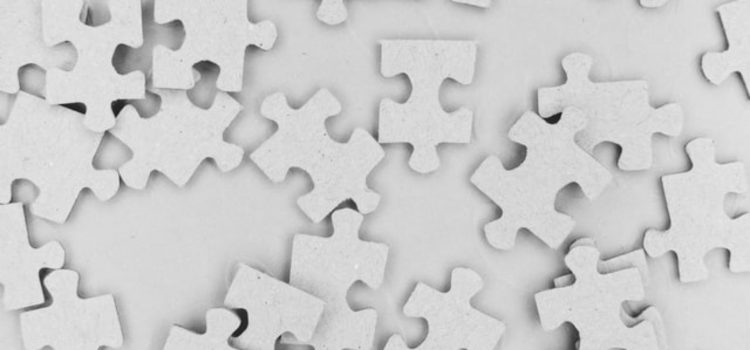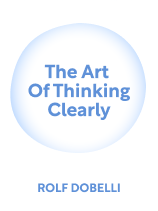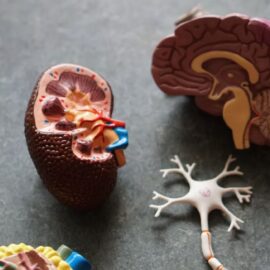

This article is an excerpt from the Shortform book guide to "The Art of Thinking Clearly" by Rolf Dobelli. Shortform has the world's best summaries and analyses of books you should be reading.
Like this article? Sign up for a free trial here .
What is association bias? Why does association bias occur?
Association fallacy (or association bias) is the brain’s tendency to make connections where none exist. This phenomenon is a defense mechanism: making associations allows you to evaluate risk when making decisions.
Keep reading to learn about association fallacy, why it occurs, and how to overcome it.
Association Fallacy
Association fallacy is where you causally connect two unrelated things. According to Rolf Dobelli, the author of The Art of Thinking Clearly, the association fallacy misrepresents cause and effect by forming false knowledge.
Superstitions form this way, Dobelli explains. For example, say you bring rainboots when camping, and the weather is perfect. The next time you go camping, you leave the rainboots behind and the weather is awful. The next time you bring them, the weather is wonderful again. After a few of these experiences, your brain connects the boots and good weather, even though it’s just a coincidence that the weather improved when you brought the boots.
Association bias is also involved in traumatic experiences, Dobelli adds. Say you step in a hole and break your leg while playing soccer. Your brain makes a connection between soccer and pain, and you may refuse to play soccer again. Because these connections have stronger inciting incidents—breaking a leg is more memorable than bringing boots—they can be very strong even after a single incident, while more innocuous connections must be reinforced over time.
Why It Happens and How to Overcome Unhealthy Connections
Why does association bias occur? Dobelli doesn’t say, but others argue that association bias is a defense mechanism: Making connections helps you form “protective frames.” These are practices or support systems that let you evaluate risk (for example, the risk of it raining when you go camping). Most of the time, these frames are helpful or harmless, like our rainboot example. However, connections made through traumatic experiences are maladaptive and grow stronger over time. For example, your fear of soccer may expand to fear of walking on any grass as you think it’ll put you at risk of more pain.
Though these connections grow stronger over time, you can change them. One method of changing the connections your brain makes is through exposure therapy, where you gradually expose yourself to the object of your negative connection. This replaces the connection between the object and your negative experience with a positive or neutral experience. For example, you might watch a soccer game or walk around on a soccer field. Your brain takes those positive experiences and forms a new connection to soccer which overrides the negative experience and the feeling of risk.

———End of Preview———
Like what you just read? Read the rest of the world's best book summary and analysis of Rolf Dobelli's "The Art of Thinking Clearly" at Shortform .
Here's what you'll find in our full The Art of Thinking Clearly summary :
- A detailed look at the most common logical fallacies that inhibit decision-making
- How to recognize and overcome these fallacies to make better decisions
- Why you value things for arbitrary reasons






